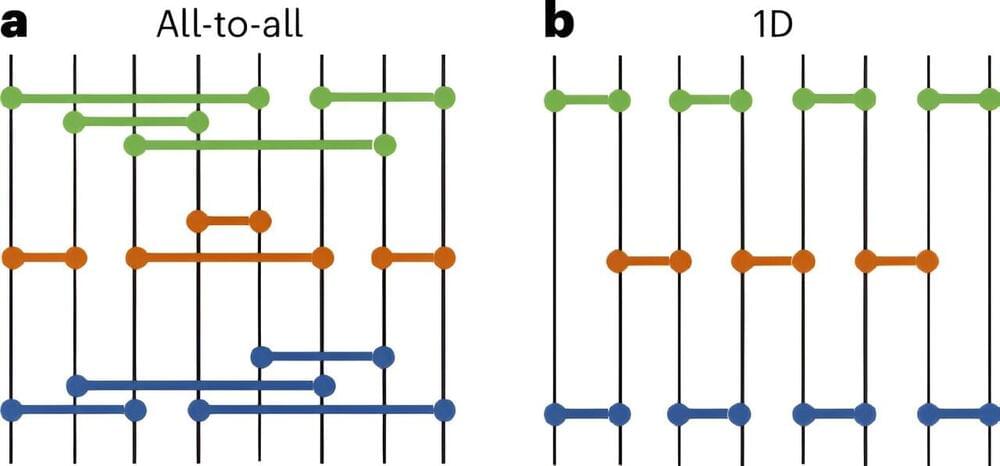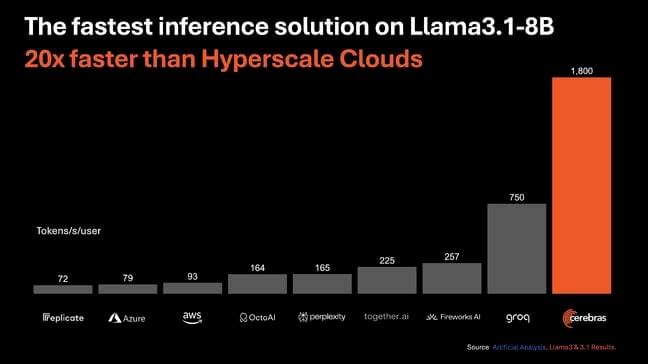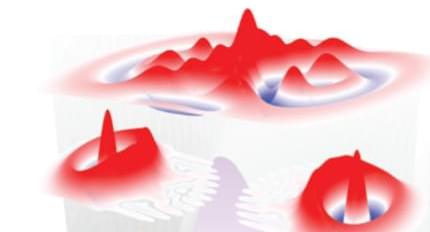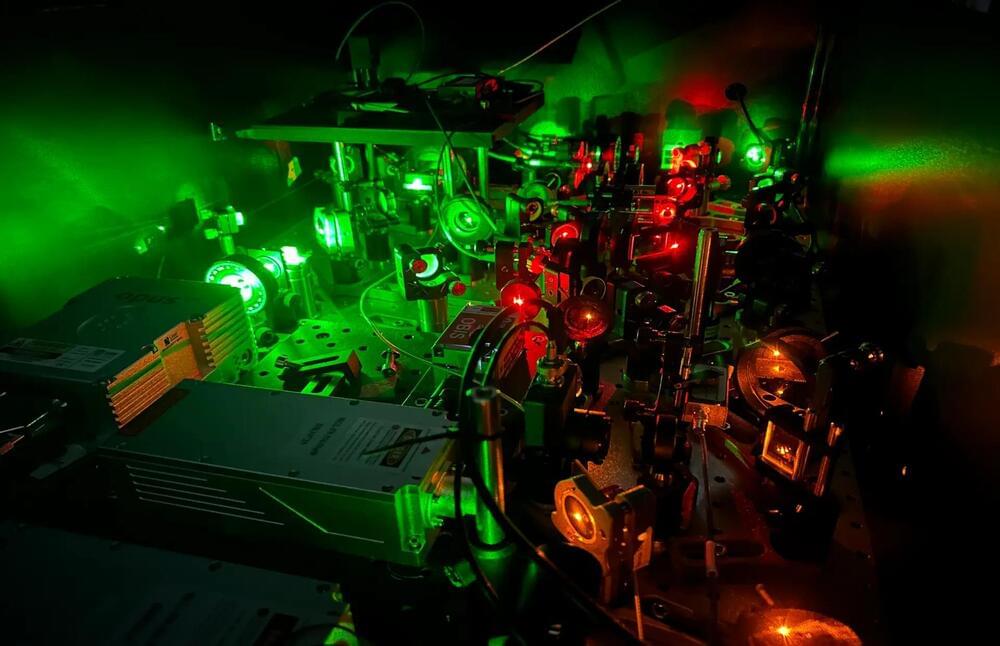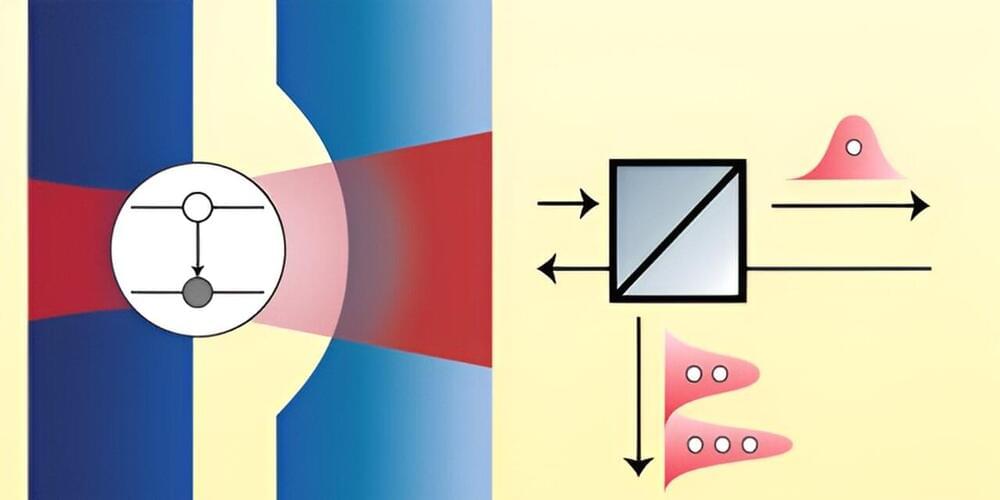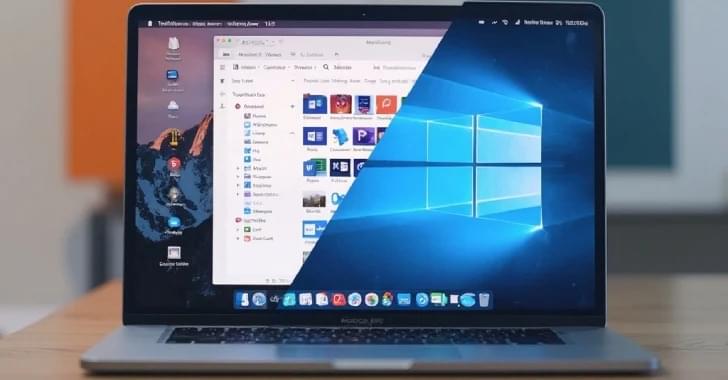Sep 4, 2024
Quantum error correction research reveals fundamental insights into quantum systems
Posted by Saúl Morales Rodriguéz in categories: computing, quantum physics
As scientists and researchers increasingly look to quantum computing to aid in complex problem-solving and advance our understanding of the universe—quantum error correction has become a critical area of scientific inquiry.
